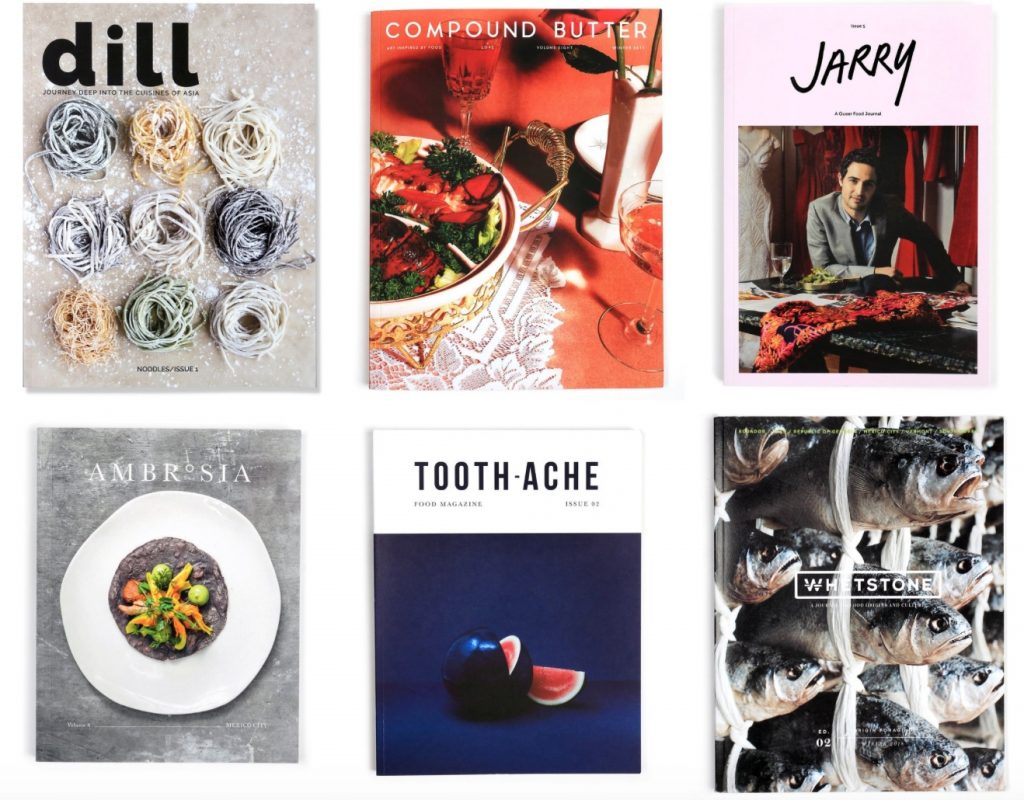
The swing to niche continues in the magazine industry, as smaller, interest-based magazines find passionate, like-minded readers.
And according to James Somerton writing in Innova, there are some key reasons why niche is the new normal.
“One of the biggest reasons for this is that the people writing these magazines are also the people reading them,” Somerton writes. “They’re not working at a fashion magazine until they can land their dream job writing about politics for Vanity Fair. The writers behind niche magazine love the topics they write about, and their passion shows through in their writing.”
Another reason is the nature of the smaller title and the flexibility they have.
“Instead of designing their covers to match every other magazine on the grocery store shelf, they can design covers that appeal directly to their readers,” Somerton continues. “They can be kitschy, funny, odd, original, crazy… In other words: niche.”
Eric Beecher, CEO and founder of Private Media, agrees, saying, “Specialist publications are always much closer to that audience. In my view, that is circumventing a lot of the structural challenges that the rest of media is facing. It doesn’t matter what size audience you have, it’s hard to monetize. So, it’s not about size of audience, it’s about quality of audience.”
The quality of a dedicated niche audience means they will pay for content that resonates closely with their interests. We see evidence of this in the myriad niche titles finding success. And it’s not just for indies … big names in publishing are shifting their mass-market mentalities to a more interest-based approach, as niche breakouts like Magnolia Journal demonstrate their potential.
Because of this high-quality audience, niche publishers are also able to attract advertisers eager to get in front of a committed crowd.
“It’s one thing to get your product in front of your target market, a group of people who are likely to be interested in it, but it is an entirely different thing to get your product in front of a dedicated market,” Somerton writes. “That’s what niche magazines offer that broad-scope magazines can’t: a group of people with a passion for that topic. A company advertising anti-malware software is likely to spend their ad dollars a lot more efficiently if they advertise in a small tech magazine than in People Magazine.”
Those print ads, of course, have staying power, unlike the digital ads that come and go and are quickly forgotten or even blocked. Advertisers are truly beginning to get this, and have accepted niche publications as a solid, trusted platform.
“While general interest magazines are having a hard time surviving in today’s digital landscape, niche magazines are actually thriving,” Somerton writes. “Some small publications like Yachting Magazine and MotorCrave can actually charge more for advertising space than the big boys, even though they have much smaller readership numbers. It’s all about the content, and who you’re appealing to.
“So in this particular battle of David vs Goliath, our bets are on David,” he concludes. We couldn’t agree more.
